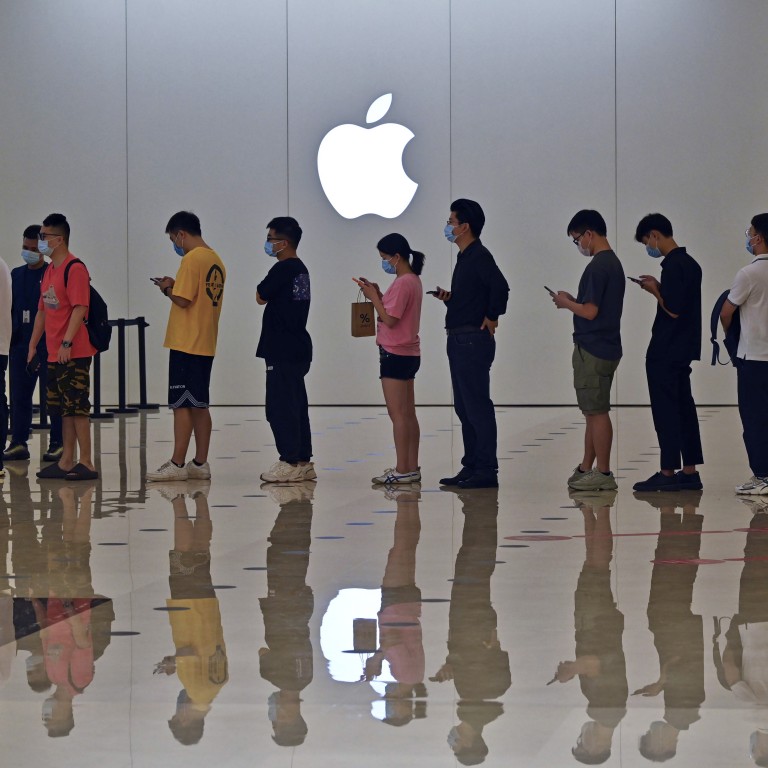
Explainer | China consumption: how important is it to the world’s No 2 economy?
- As China’s middle class has expanded over the past two decades, consumption has become a key driver of growth
- Under its ‘dual circulation’ strategy, Beijing wants consumer spending to become more prominent in future
How important is consumption to the Chinese economy?
Consumption was at its peak in 2000, when its annual share of China’s GDP was 63.9 per cent. But that figure gradually decreased over the next decade. In 2010, it began to grow again, but at a rate of less than 1 per cent annually, before reaching 54.3 per cent last year – a similar level with 2005.
In developed economies, consumption as a share of GDP hovers around 70 to 80 per cent.
China’s top leadership sees boosting consumer spending as an economic priority in the five-year plan to 2025, as well as the nation’s long-term vision through 2035. Flooding the economy with monetary and fiscal spending is no longer a favoured growth strategy for the central government.
Covid-19 amplifies China’s regional economic divide
How has consumption evolved in China?
Over the past two decades, as tens of millions of Chinese have been pulled out of poverty and the middle class has swollen, more people have had disposable incomes to spend.
The average before-tax income of Chinese citizens, measured by gross national income per capita, has grown more than tenfold since 2000. Less than 1 per cent of China’s population belonged to the global middle class in 2002, but by 2018 a quarter of all Chinese did, according to the IZA Institute of Labour Economics.
Expenditure that was once typical of North America and Europe is now common among Chinese households. In particular, more than one-third of cars sold globally in 2020 were bought by Chinese customers. Their spending will more than double in 10 years and focus on services over goods, Morgan Stanley said.
The number of Chinese households earning upper-middle incomes or above is expected to grow by 68 per cent between 2020 and 2030, according to the McKinsey Global Institute. This growth rate is about 12 times that of the United States at 5.88 per cent and seven times that of Europe at 9.33 per cent.

04:01
Chinese manufacturing thrown into disarray as country's electricity crisis rolls on
What does consumption in China look like now?
Growth slowed to 4.9 per cent in the third quarter, from 18.3 per cent in the first and 7.9 per cent in the second. Similarly, the growth rate of retail sales has fallen from 34.2 per cent in March to 12.1 per cent in June.
Despite weaker-than-expected figures, total retail sales of consumer goods still increased by 16 per cent year-on-year to 31.8 trillion yuan (US$4.9 trillion) in the first three quarters of the year, according to the National Bureau of Statistics.
How is the average Chinese encouraged to spend more?
Shopping festivals hosted by e-commerce platforms entice millions of consumers each year with enormous discounts and cutthroat deals.
China steps up plans for ‘duty-free economy’ with 5 city metropolises leading charge
Why is domestic consumption more important than ever?
Amid deteriorating relations with some of its trade partners, reliance on an export-oriented development strategy, or “external circulation”, is seen as unsustainable by China’s leaders.
As a result, China’s leaders have outlined a more inward-looking economic strategy to drive growth amid an increasingly unreliable external environment.
While exports remain a sizeable component of GDP, accounting for 17.65 per cent in 2020, tapping the potential of the domestic market is the priority.

